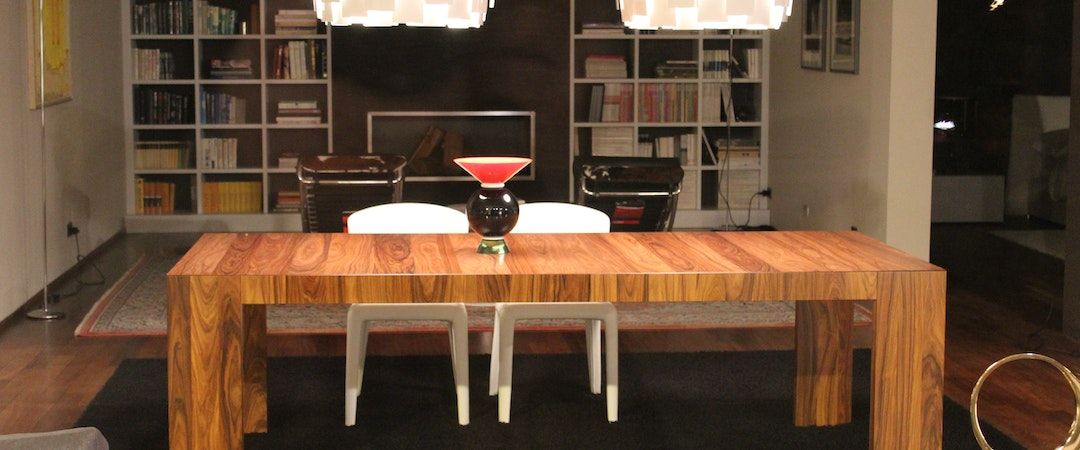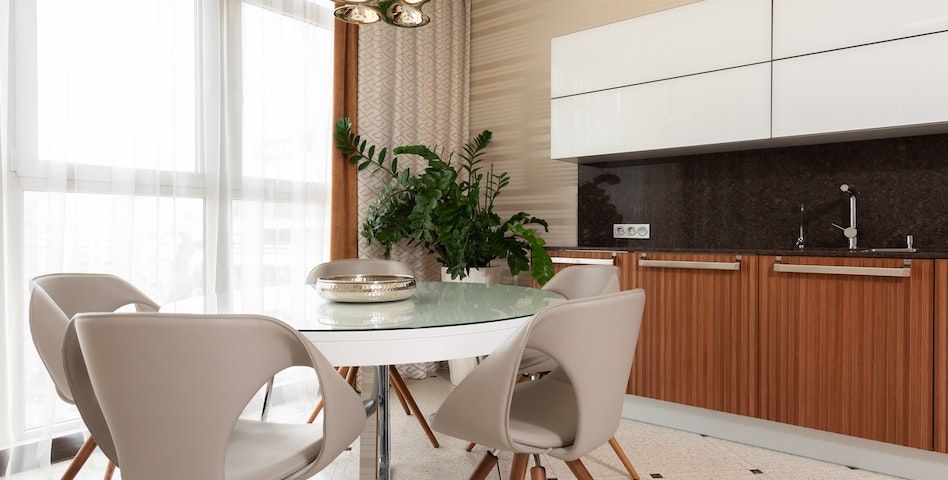Making Centre Table At Home: DIY
From selecting materials to assembling the final product, you'll learn how to create a customized center table that complements your home decor.

A center table is often the focal point of a living room, adding both functionality and style to your home. While you can purchase a ready-made center table from a store, there's something uniquely satisfying about crafting your own piece of furniture. In this DIY guide, we'll take you through the steps of making a center table at home. From selecting materials to assembling the final product, you'll learn how to create a customized center table that complements your home decor.

Planning Your DIY Center Table
Before you start building, it's essential to plan your project thoroughly. Consider the following aspects:
- Size and Dimensions: Determine the size and height of your center table based on the available space in your living room. A typical center table is about 18-20 inches in height.
- Style and Design: Choose a design that matches your home's aesthetic. Whether you prefer a rustic, modern, or eclectic look, your center table should harmonize with your existing decor.
- Materials: Decide on the type of wood or materials you want to use for your table. Common choices include hardwoods like oak, pine, or plywood for a budget-friendly option.
- Tools: Ensure you have the necessary tools, such as a saw, drill, screws, sandpaper, and a measuring tape, to complete the project.
Selecting Materials
The choice of materials will greatly influence the final appearance and durability of your center table. Here's how to select the right materials:
- Wood Selection: If you're working with wood, opt for hardwoods like oak, maple, or cherry for a sturdy and attractive finish. Plywood is also a viable option, offering affordability and versatility.
- Hardware: Invest in high-quality screws and brackets to ensure the stability of your table. You may also need wood glue to reinforce joints.
- Finish: Consider how you want to finish your table. You can stain the wood for a natural look or paint it to match your decor. A clear varnish or polyurethane can provide protection and enhance the wood's beauty.
Cutting and Assembly
With your materials in hand, it's time to start building your DIY center table:
- Cutting the Wood: Measure and cut the wood pieces according to your chosen design. Use a saw with a fine-tooth blade to ensure clean cuts.
- Assembly: Begin assembling the table frame. Use screws and wood glue to secure the joints. Make sure the table legs are level, and double-check the measurements to ensure everything aligns properly.
- Tabletop: Attach the tabletop to the frame. Depending on your design, you may need to add additional support underneath for stability.
- Finishing Touches: Sand the table's surfaces to smooth out any rough edges or imperfections. Then, apply your chosen finish – whether it's stain, paint, or varnish – following the manufacturer's instructions. Allow ample time for the finish to dry completely.

Adding Personal Touches
To make your DIY center table truly unique, consider adding personal touches:
- Decorative Accents: Incorporate decorative elements like trim, molding, or carved details to enhance the table's appearance.
- Hardware: Choose stylish knobs or handles for drawers or shelves if your design includes storage.
- Custom Paintwork: If you're skilled in painting, create custom designs or patterns on the tabletop to make your table one-of-a-kind.
Finishing and Protection
After the paint or finish has dried, it's important to protect your DIY center table for long-lasting beauty:
- Sealing: If you've opted for a painted finish, consider applying a clear sealant to protect the paint and make it easier to clean.
- Furniture Pads: Attach furniture pads to the bottom of the table legs to prevent scratches on your floor and make it easier to move the table.
- Regular Maintenance: Over time, your table may experience wear and tear. Keep it looking its best by periodically cleaning and reapplying finish as needed.
Placing Your DIY Center Table
With your DIY center table complete, it's time to find the perfect spot for it in your living room:
- Center of Attention: Place the table in the center of your seating area to create a focal point and facilitate easy access for everyone in the room.
- Balance and Symmetry: Ensure the table's size and design complement the size of your seating arrangement. It should be neither too small nor too large in relation to your couch and chairs.
- Functional Considerations: If your table includes storage, use it for items like magazines, remote controls, or decorative pieces. Keep the tabletop clear for beverages and snacks.

Enjoy Your Handcrafted Center Table
By embarking on a DIY center table project, you not only save money but also infuse your living space with a touch of your personality and craftsmanship. Your handcrafted table will serve as a conversation piece, a functional piece of furniture, and a testament to your DIY skills. So, gather your materials, follow the steps, and revel in the satisfaction of creating a beautiful center table that enhances your home.